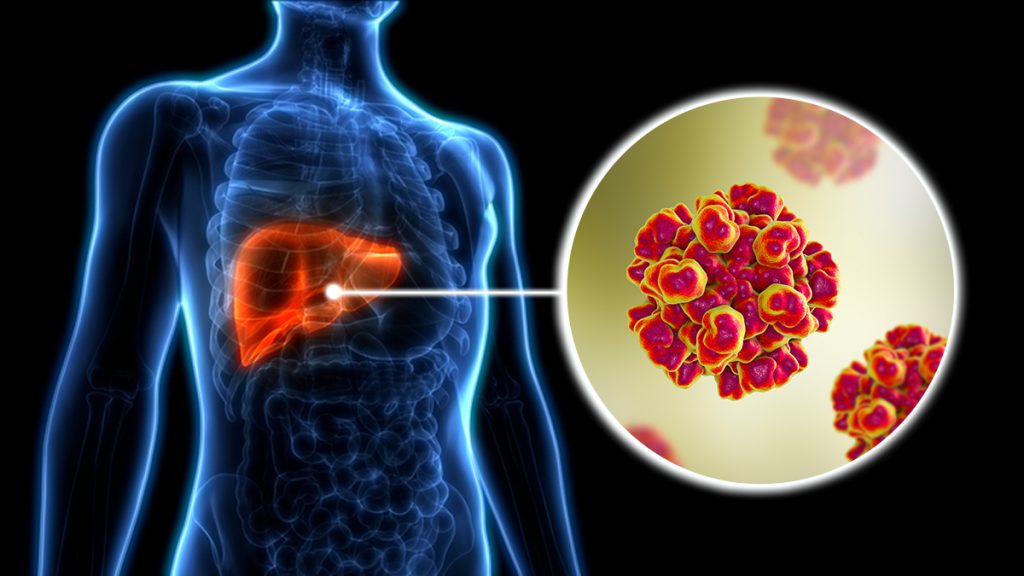Context:
According to the study, published recently in PNAS Nexus, pigs may serve as a transmission route for a strain of the hepatitis E virus (HEV) associated with rats, known as Rocahepevirus Ratti or “rat HEV.”
More on the News:

- The first human case was reported in a person with a suppressed immune system in Hong Kong in 2018, at least 20 total human cases have been reported, including in people with normal immune function.
- Since then, the potential link between pork consumption and rat HEV infection has become a focal point of investigation, as many infected individuals did not report direct exposure to rats.
- A hepatitis E strain linked to human disease, called LCK-3110, was cloned from its viral sequence and shown to replicate in human and animal cells, including pigs, showing the virus spread through the fecal-oral route.
About Hepatitis E
- Hepatitis E is inflammation of the liver caused by the hepatitis E virus (HEV).
- The virus has at least 4 different types: genotypes 1, 2, 3 and 4.
- Genotypes 1 and 2 have been found only in humans.
- Genotypes 3 and 4 circulate in several animals including pigs, wild boars and deer without causing any disease, and occasionally infect humans.
Current Status of HEV
- Approximately 20 million HEV infections occur worldwide each year, leading to an estimated 3.3 million symptomatic cases of hepatitis E.
- The World Health Organisation (WHO) also organise the annual World Hepatitis Day (28 July) campaign to raise awareness and understanding of viral hepatitis.
- WHO estimates that hepatitis E caused approximately 44 000 deaths in 2015 (accounting for 3.3% of the mortality due to viral hepatitis).
Transmission:
- The virus is transmitted by the fecal-oral route, primarily through contaminated water.
- Hepatitis E is found worldwide, but the disease is most common in East and South Asia countries with poor sanitation.
- In areas with better sanitation, hepatitis E cases are rare and primarily result from genotype 3, usually due to eating undercooked animal meat.
Symptoms:
- The incubation period following exposure to HEV ranges from 2 to 10 weeks, with an average of 5 to 6 weeks.
- Common signs include mild fever, nausea, reduced appetite, abdominal pain, and jaundice (yellowing of the skin). Infected individuals may also experience dark urine, pale stools, and a tender, enlarged liver.
- Severe cases can lead to acute liver failure, fetal loss and mortality.
Treatment:
- There is no specific treatment for acute hepatitis E.
- Chronic hepatitis E in immunosuppressed individuals can be treated with ribavirin.
- A vaccine (Hecolin) to prevent hepatitis E virus infection has been developed and is licensed in China but is not yet available elsewhere.
Also Read:
Ninth edition of National Health Accounts Estimates for India 2021-22

